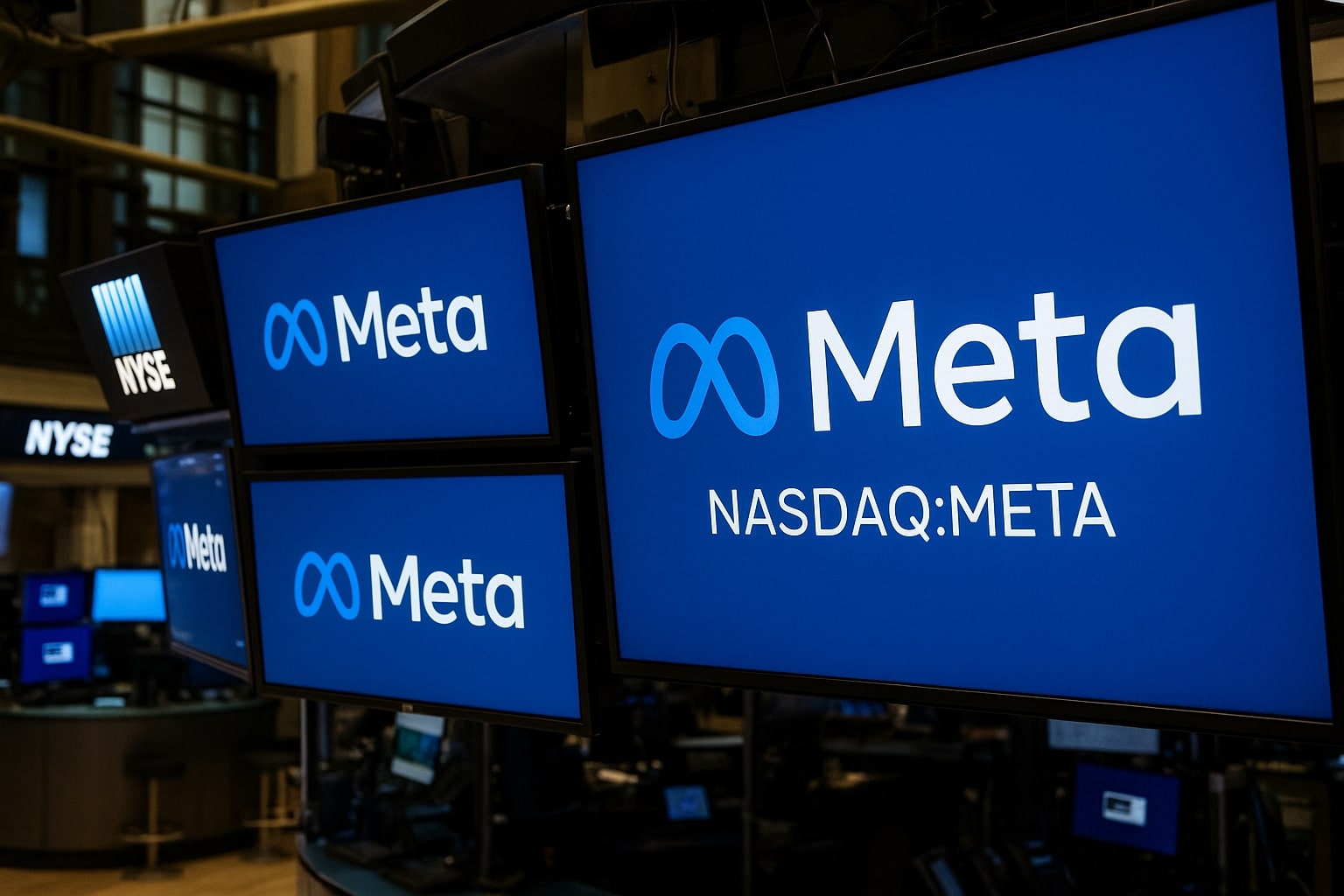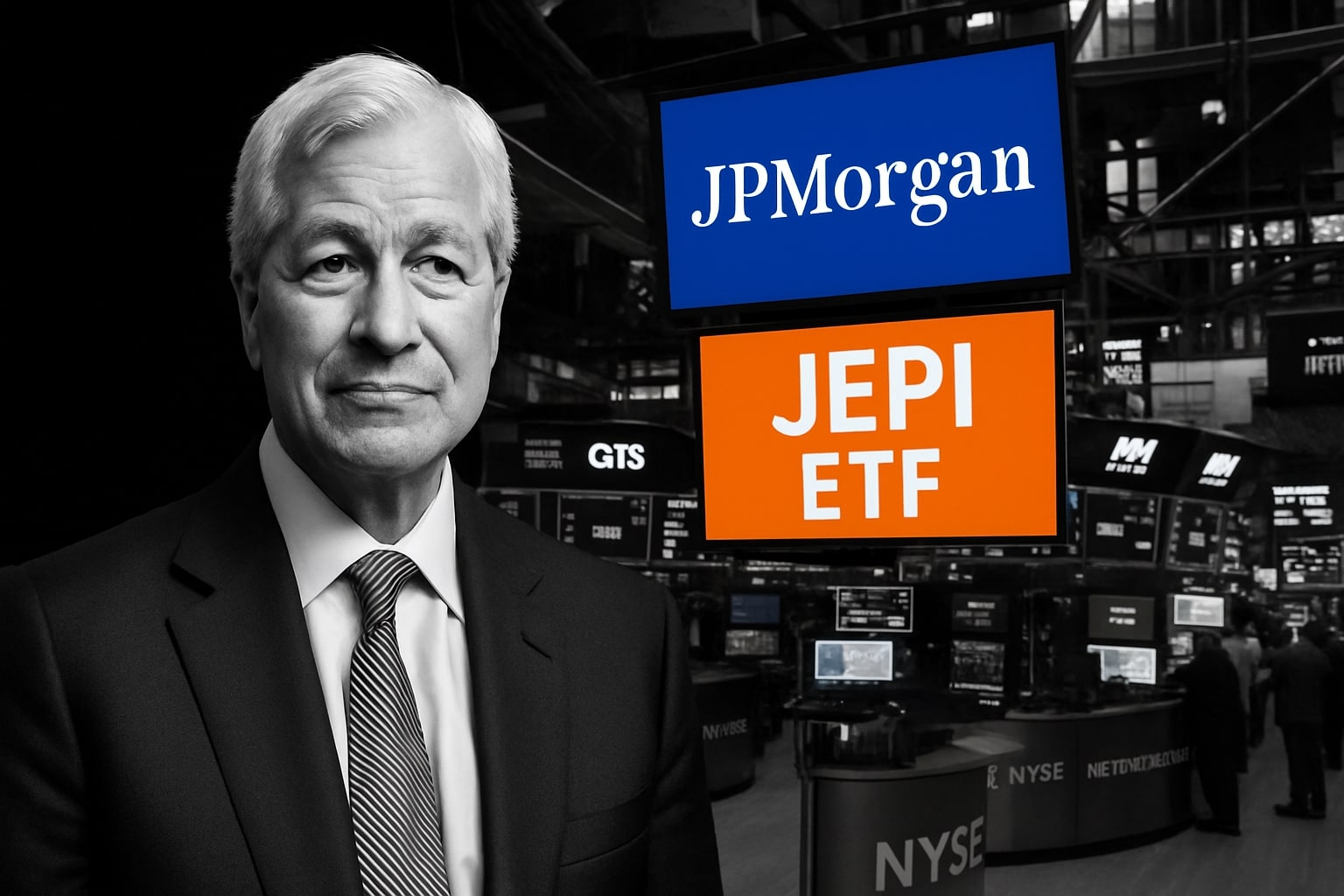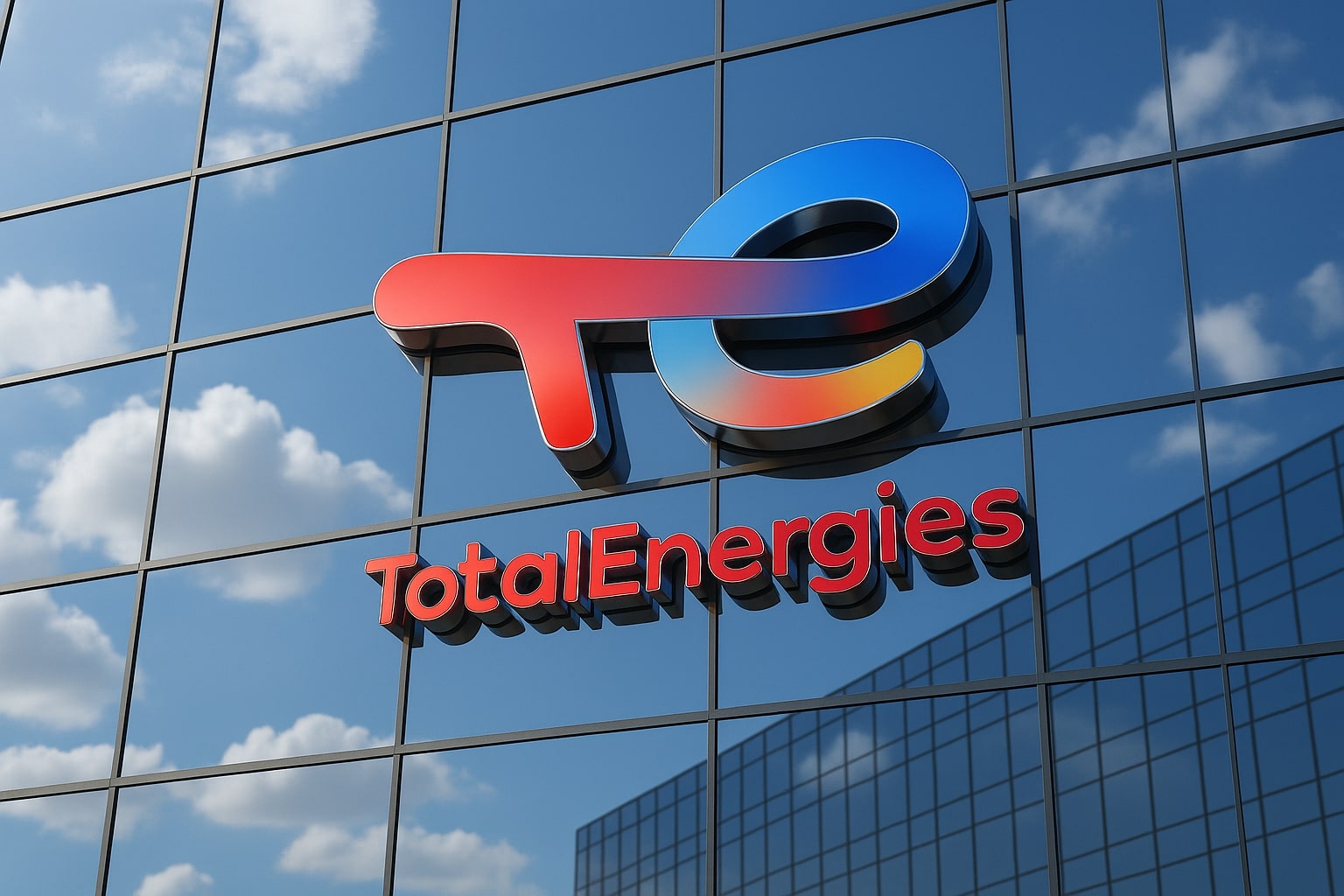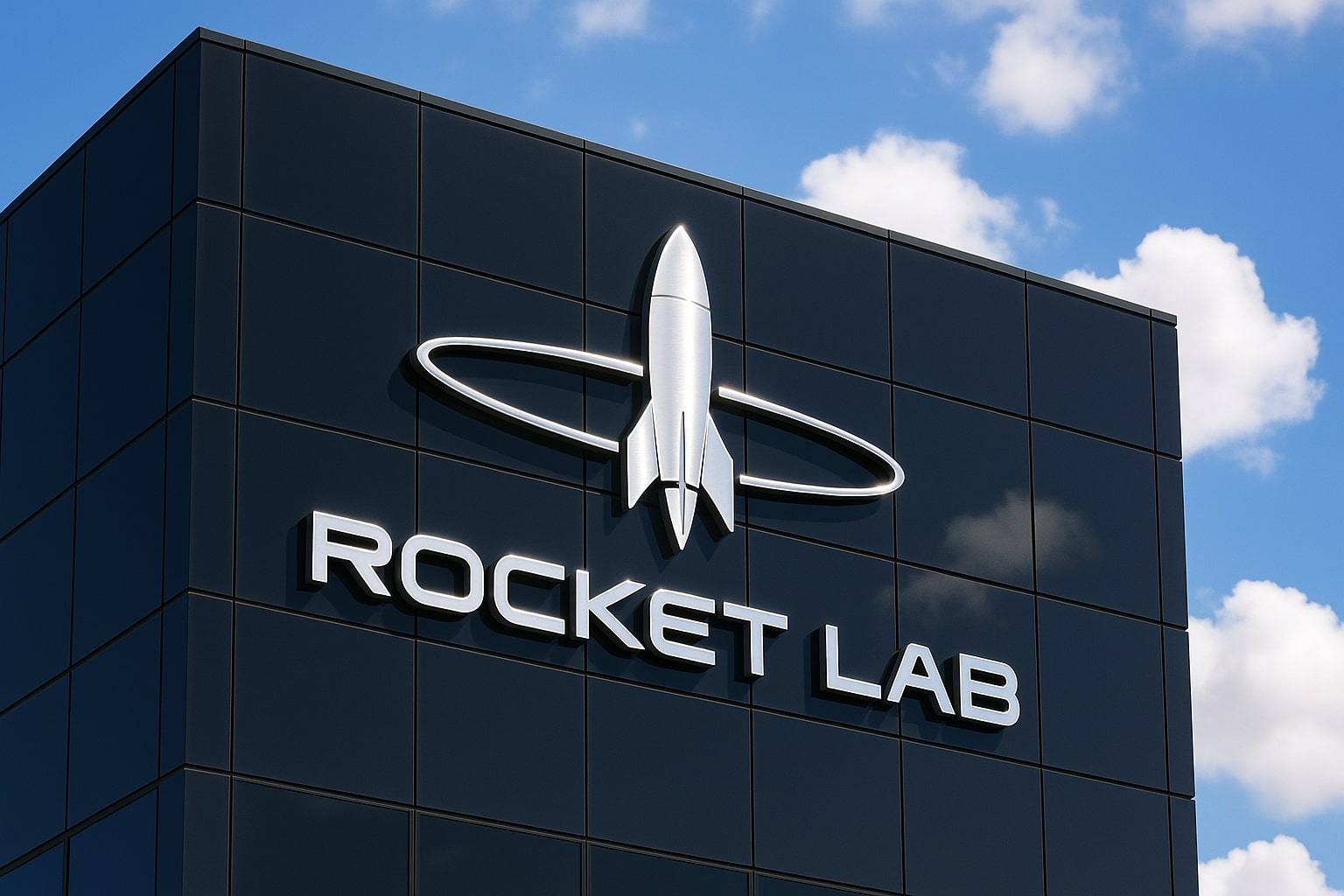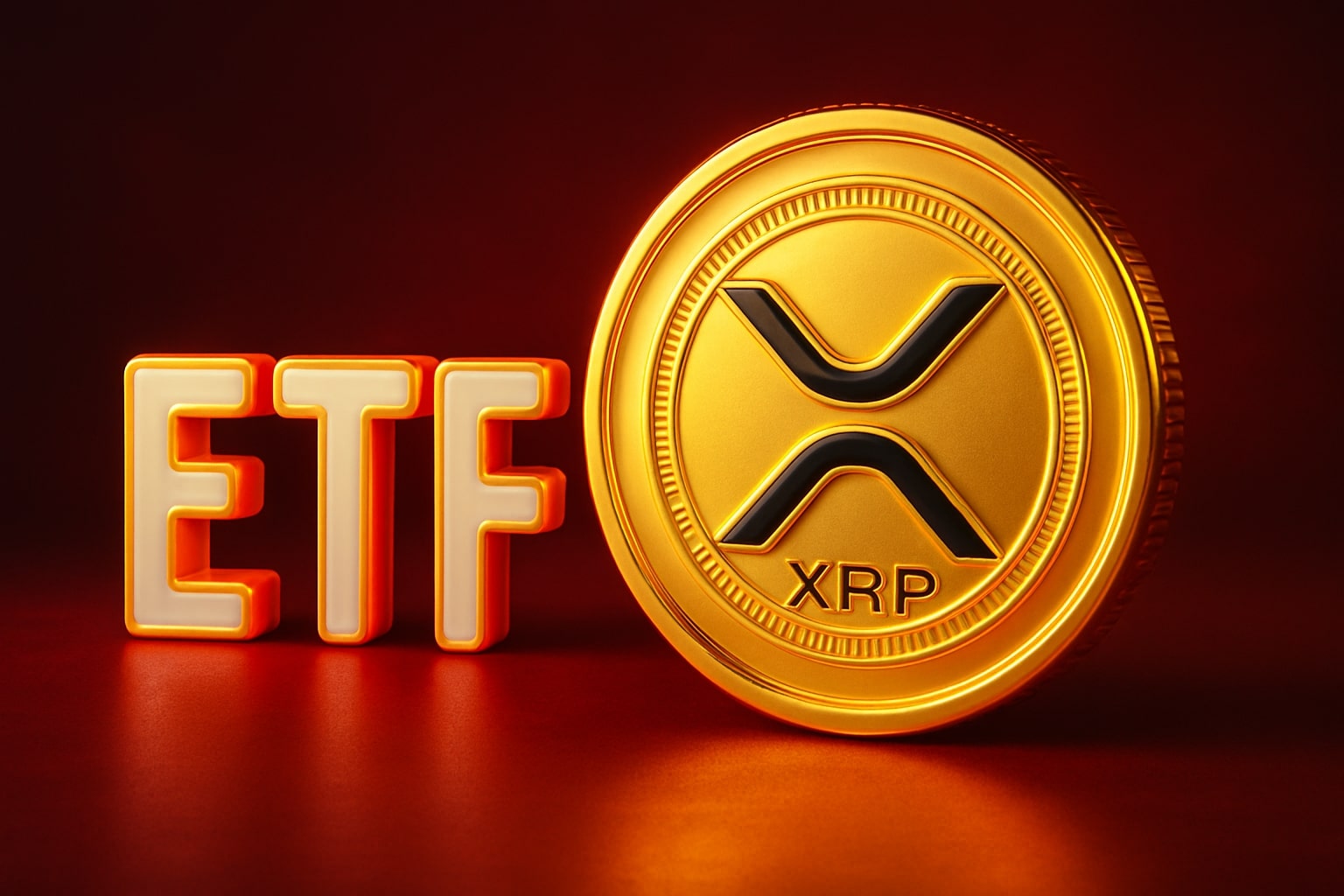Nasdaq:META AI dominance built on ad monetization and social scale
Meta Platforms Inc. (NASDAQ:META) is executing an AI-first strategy across its entire ecosystem—advertising, engagement, messaging, and device interfaces—producing a multi-channel monetization machine that remains undervalued even after a $647.49 price run. Despite investor concerns about ballooning CapEx and Reality Labs losses, Meta’s core revenue and operating metrics demonstrate an increasingly efficient business model capable of sustaining upside.
AI-powered advertising accelerates Meta’s monetization engine
In Q1 2025, Meta’s advertising revenue reached $42.3 billion, up from $26.2 billion in Q1 2021—marking a four-year CAGR of 12.8%, a rate that continues to outpace global GDP growth. Meta now competes neck-and-neck with Amazon and Google in digital ad scale, but its edge lies in full-stack AI integration. AI-generated ad targeting has become so powerful that Meta actively discourages manual audience narrowing. “We’re just better at finding the people who will resonate with your product,” said Zuckerberg in a direct quote during a public discussion.
Meta’s price-per-ad metric grew 10% year-over-year, while ad impressions rose only 5%, showing that advertisers are paying more for precision over volume. That ratio gives Meta more revenue growth per engagement—a crucial difference as content saturation peaks. AI creative tools were adopted by 30% more advertisers in just the last quarter, giving businesses end-to-end campaign automation.
Meta engagement spikes: Threads up 35%, Facebook up 7%, Instagram up 6%
Improved recommendation systems are driving usage growth across all platforms. In the past six months alone, Facebook usage rose 7%, Instagram increased 6%, and Threads surged 35%. Threads now exceeds 350 million monthly active users, on pace to become Meta’s next billion-user app. This engagement jump is directly tied to Meta’s AI-driven feed personalization and user retention algorithms.
Beyond algorithmic ranking, Meta is pivoting toward AI-generated content to reduce platform fatigue and increase content velocity—transforming legacy jobs into full-time content creation and consumption pipelines. This sets up long-term engagement growth as content distribution becomes more decentralized and AI-augmented.
Business messaging growth explodes in Southeast Asia
In markets like Thailand and Vietnam, Meta's WhatsApp and Messenger platforms are monetizing at levels far above GDP proportion, signaling massive business messaging potential. With 3 billion global WhatsApp users, Meta’s messaging ecosystem is nearly unmatched, and Zuckerberg projects WhatsApp will overtake iMessage as America’s top messaging app in 2–3 years.
WhatsApp’s path to monetization isn't just through consumer use—it’s becoming an enterprise sales pipeline for small businesses in emerging markets. These messaging tools feed directly into Meta’s Business Suite and click-to-message ads, generating new ad revenue streams not seen on Western platforms.
Meta AI agents and Llama 4 build indirect monetization
Meta's Llama 4 AI model is less about leaderboard rank and more about seamless integration into its ecosystem. Zuckerberg stated Llama 4 is "more steerable and more adaptable," and Meta AI’s use case—conversational support, creativity assistance, and brand interaction—is expected to pull users deeper into Meta-owned channels. With 700 million active Meta AI users in January 2025, the company is targeting 1 billion before year-end.
Despite not topping public AI model benchmarks, Meta’s advantage lies in distribution, not model supremacy. Billions of users flowing through Facebook, Instagram, and WhatsApp provide the kind of behavioral data and UI channels that no standalone AI product like ChatGPT can replicate. This embedded user flow gives Meta enormous leeway to monetize AI natively, with less need for subscriptions or cloud infrastructure sales.
AI devices: The next $100B hardware platform?
Over 1 billion people wear prescription glasses, and Zuckerberg expects these will evolve into “AI glasses” within the next 5–10 years. Meta’s Ray-Ban smart glasses already lead the category, and Reality Labs is doubling down on augmented reality (AR) over virtual reality (VR), where user adoption remains niche. Zuckerberg has compared AR glasses to the smartphone in potential ubiquity, with VR playing the role of entertainment center—a “TV” rather than a phone.
Meta’s biggest hardware advantage may be budget. While Amazon and Microsoft are focused on cloud AI, Meta is directing its $70B CapEx plan directly into user-facing tech. That focus gives it first-mover advantage in a wearable AI market still up for grabs.
Costs are high but operating leverage remains strong
Meta’s TTM operating income now stands at $73.1 billion, with Q1 2025 producing $17.5 billion in operating profit. CapEx and financial leases consumed $46.2 billion TTM, causing FCF to drop to $10.3 billion in Q1, down from $12.5 billion YoY, as property and equipment spend doubled.
Still, the Family of Apps operating margin hit 47.3% in Q4 2023, up from just 37.3% in Q4 2022. This margin lift shows Meta’s ability to scale AI tools while managing app-level profitability. The primary drag remains Reality Labs, which posted a $4.2 billion loss in Q1 2025, bringing TTM losses to $18.1 billion.
Excluding Reality Labs, Meta’s adjusted profit profile remains best-in-class, and investors are betting that AR monetization eventually offsets that burn rate.
Capital return strategy tightens the float
Meta repurchased nearly 7% of its total shares over the past 3 years, reducing total shares from 2.72 billion in 2021 to 2.51 billion as of Q1 2025. In Q1 alone, Meta bought back $13 billion in stock. Compared to Alphabet’s steady buyback program, Meta’s repurchases are more opportunistic, often timed with FCF spikes.
This float reduction supports EPS growth and tightens available supply, a key factor as institutional ownership expands alongside the AI narrative.
See full insider activity at: META insider transactions
Valuation is still modest for Meta’s AI future
Meta trades at 23x FY2026 EPS and 20x FY2027 EPS, despite its significant lead in AI ad monetization. With a current market cap of $1.628 trillion (2.51B shares × $647.49), the stock is trading in the mid-range of its fair value band. Using a conservative 23–25x multiple on $73.1B TTM operating income, intrinsic value ranges from $1.46T to $1.83T, putting today’s price in the middle.
This leaves ample upside if AI monetization from Threads, WhatsApp, Meta AI, and ad price-per-unit continues scaling.
Nasdaq:META verdict: Buy
Even with heavy CapEx and Reality Labs drag, Meta’s core business is stronger than ever. AI is lifting ad prices, growing user engagement, and adding entirely new monetization streams—business messaging, AI agents, hardware, and creative automation. At $647.49, the stock sits within fair value but has 30–40% upside if Meta hits EPS targets and margins expand. The buyback program and monetization tailwinds make NASDAQ:META a Buy for long-term holders. View live chart: META real-time chart.














